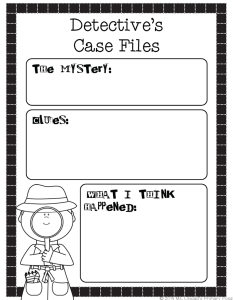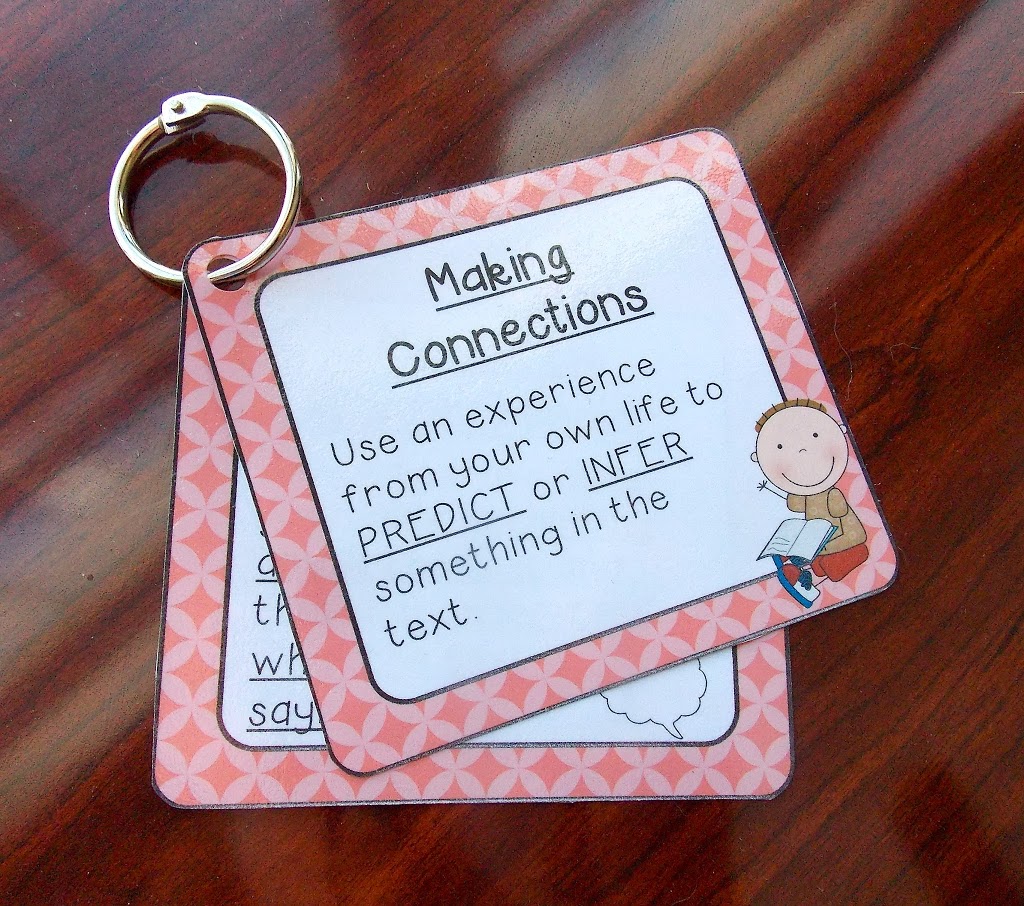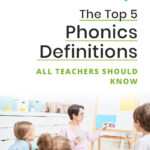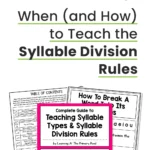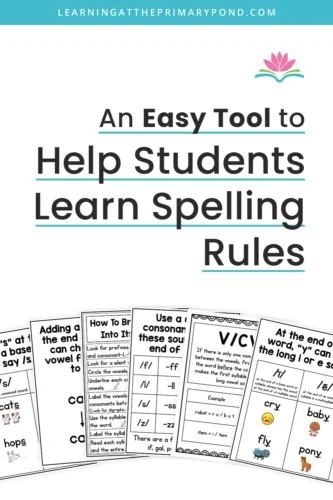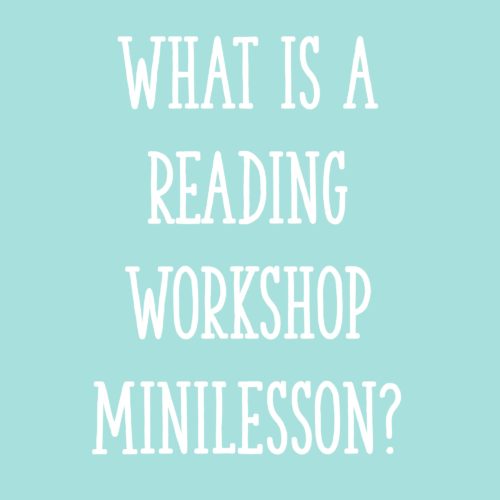This past weekend I posted Unit 5 in my 2nd grade reading workshop curriculum series: Different Types of Fiction.
I am definitely super excited to be done with it, but now I’m working on a shared reading guide that will go with the units, so the project is not over!! I hope to have the shared reading guide out in late March, and at that point I will bundle the 5 units and the shared reading guide together. I think it’s super important to reinforce the reading workshop minilesson skills during shared reading/readalouds, which is why I’m including that guide in the bundle.
Anyway, back to Unit 5! This unit teaches students different strategies for reading fiction, and begins with a general overview of good strategies (self-monitoring for comprehension, reading dialogue, summarizing and retelling, etc.). Then, the unit goes on to teach students specific strategies for reading mysteries, traditional literature (fairytales, folktales, fables, etc.), historical fiction, and poetry. Here is a fun freebie from the mystery part of the unit! Click on the picture to download.
The unit also includes “strategy cards.” You can print them, laminate them, and put them on binder rings for students to use. Students can store them in their book bags and keep them handy when they are reading independently or in guided reading.
If you want a child to focus on using a particular strategy, use a dry erase marker to draw a star on that strategy. Once the child is using that strategy independently, you can erase the star and draw a new one on another card. I find that having this visual serves as a really good reminder for the kiddos.
Other “fun facts” about the unit:
– Students get to participate in book clubs, in which they talk about what they are reading AND act out stories! The unit has handouts and minilessons to help support students in their book clubs.
– During the poetry part of the unit, students look for patterns in poetry (repeated lines, rhyming words, alliteration, patterns in the number of beats, etc.)
– Students are encouraged to think deeply about what they are reading, including evaluating the author’s craft (writing about what they did and did not think was effective about the author’s choices as a writer).
Email me with any questions about the unit before you buy!


